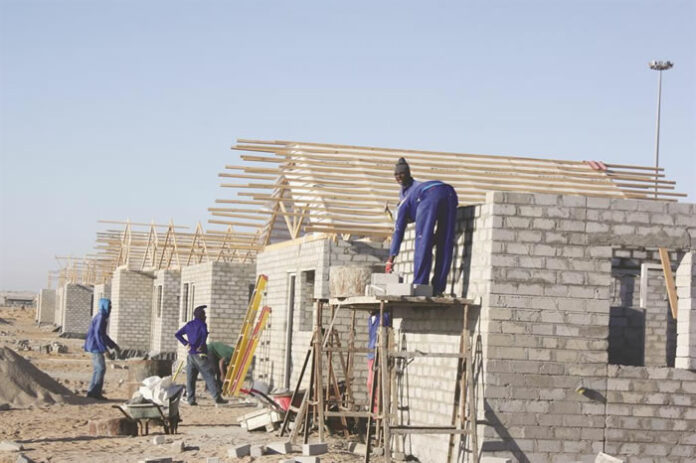When building a house, it is important for you understand the stages a design goes through before it is implemented to avoid major changes that might result in delays, an increase in cost, and dissatisfaction during construction.
Normally, a developer conceives an idea to build, say a family house or an office block to house businesses. With this in mind, he or she might acquire land in a particular area based on an economic study and then invite building professionals to propose how they can use the land optimally for the intended purpose.
After identifying the best proposal, the developer engages the winning team, which will normally consist of an architect, civil/structural engineers, electrical/mechanical engineers and a quantity surveyor. During the first meeting, the developer gives a more detailed brief and provides the necessary documents, for instance, the title deed and survey plan to enable the process to begin.
In most cases, there are three key stages in designing buildings. These are the concept, preliminary and detailed design.
PRELIMINARY DESIGN
At the concept stage, the architect comes up with sketches of the site plan, general layouts, elevations and perspective of the building as well as rough estimates of the cost using market rates per area constructed. He or she then presents this to the developer, who gives his/her comments and suggestions for inclusion in the next stage.
Once the developer signs off the concept, the preliminary stage begins. During this stage all the professionals are involved. The architects prepare drawings to scale, indicating the use of each space, showing the plans, elevation and cross sections. The drawings are then given to the engineers to include their designs, and then to the quantity surveyors to begin preparing the bill of quantities as they await details from the engineers.
On completion, the drawings and the priced bill of quantities are presented to the developer for discussion, comments and suggestions for incorporation in the next stage.
Once the preliminary design is signed off, the detail ed design begins. During this stage the architects and engineers carry out more detailed designs that give dimensioned drawings with outlined specifications to indicate more precisely the aspects of arrangement, material, appearance, construction and special arrangement.
These include schedule of doors, windows, wardrobes, floors, etc. A bar bending schedule is also provided at this stage. This information is then given to the quantity surveyor to prepare the final bills of quantities. The documents are then presented to the client, discussed and refined if necessary.
If the developer wishes to proceed begin construction immediately, the architect and engineers must submit the drawings to the area planning authority for approval.
Upon completion of each stage, the developer pays the professionals in accordance with the conditions of engagement.








